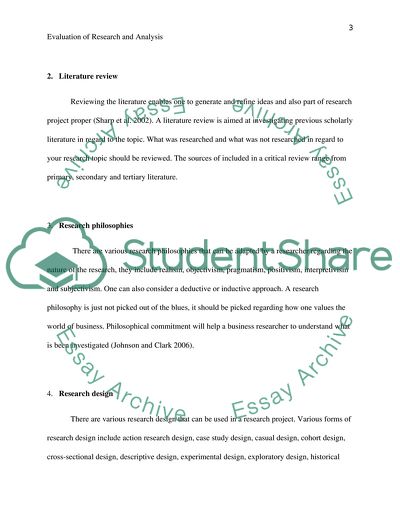Cite this document
(Research Process as a Multi-stage Process Book Report/Review, n.d.)
Research Process as a Multi-stage Process Book Report/Review. Retrieved from https://studentshare.org/education/1847547-evaluation-of-research-and-analysis
Research Process as a Multi-stage Process Book Report/Review. Retrieved from https://studentshare.org/education/1847547-evaluation-of-research-and-analysis
(Research Process As a Multi-Stage Process Book Report/Review)
Research Process As a Multi-Stage Process Book Report/Review. https://studentshare.org/education/1847547-evaluation-of-research-and-analysis.
Research Process As a Multi-Stage Process Book Report/Review. https://studentshare.org/education/1847547-evaluation-of-research-and-analysis.
“Research Process As a Multi-Stage Process Book Report/Review”, n.d. https://studentshare.org/education/1847547-evaluation-of-research-and-analysis.


